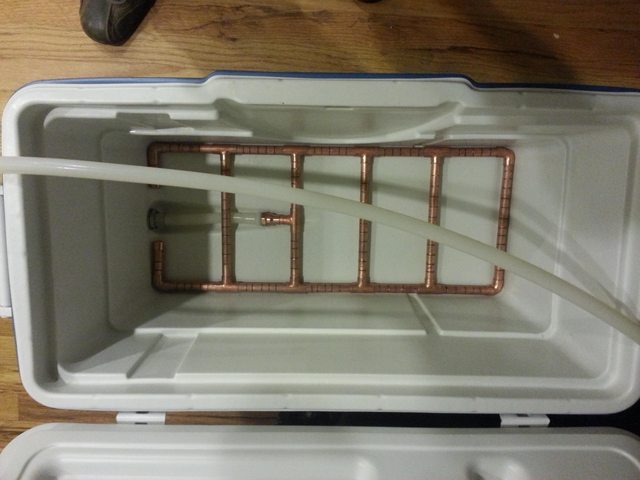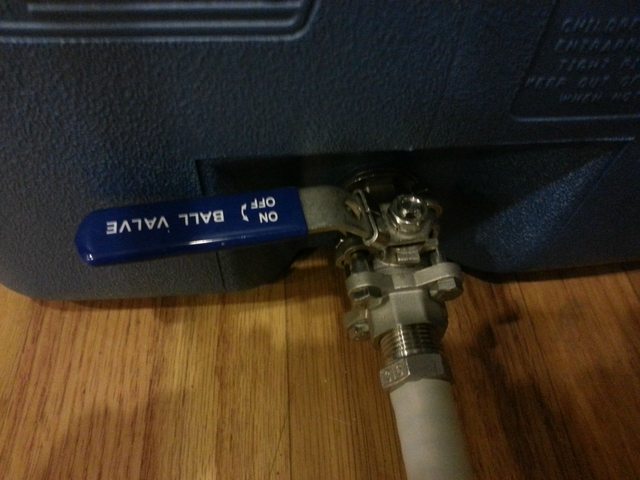I also have this cooler with a ss braid and batch sparge. It's a good cooler for batch sparging but I don't think it's a good design for fly sparging. It's very long and I expect you will get a lot of flow near the drain and no flow at the far end. With the fly sparge it's important to have even flow through the grains so they all get rinsed equally. Just my 2 cents.
I plan on batch sparging pretty much all the time. I have seen some people make pretty cool manifold looking fly sparge devices out of cpvc that sit above the grain bed and act like a sprinkler.

















































![Craft A Brew - Safale S-04 Dry Yeast - Fermentis - English Ale Dry Yeast - For English and American Ales and Hard Apple Ciders - Ingredients for Home Brewing - Beer Making Supplies - [1 Pack]](https://m.media-amazon.com/images/I/41fVGNh6JfL._SL500_.jpg)











